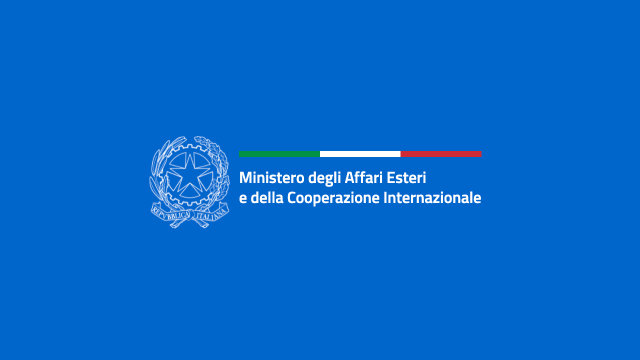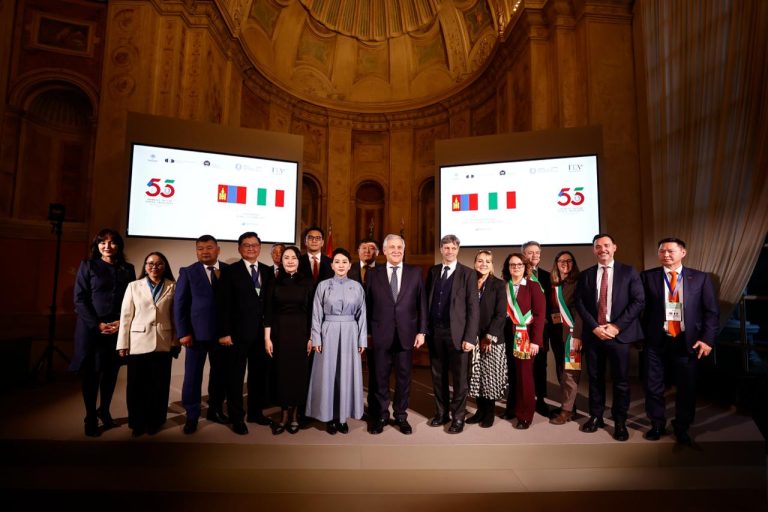According to ISTAT data, in 2023 Italian exports of agri-food products to China reached more than € 540 million, up 5% compared to 2022, thus confirming China as the second largest market in Asia for Italian exports in the sector after Japan. An unexpected result, if we consider the Chinese economic situation in 2023 and levels of demand and consumption below potential. Nevertheless, Italy gains one position in the ranking of European agrifood exporters to China, ranking sixth after France, the Netherlands, Spain, Germany and Denmark.
With just over 100 million Euros, wines are confirmed as the main item of Italian exports to the Asian country, thus containing the decrease to 10.2% compared to 2022, in a context of generalised drop in Chinese wine imports from abroad (- 17.6%). Table wines are worth €73.5 million, while sparkling wines are worth €26.6 million, down 12.1% and 4.7%, respectively. This is the best performance, on a par with France, compared to other European competitors, which has allowed to increase the Italian market share to 10%. On a positive note, other alcoholic beverages (excluding beer) performed well with EUR 11.4 million in value and a 17.7% increase compared to 2022.
Right behind wines there is the dairy sector, also due to the second year of China’s ban on Italian pork, which previously ranked second with approximately EUR 70 million. Milk and dairy products were up again by 11.3% on the previous year to EUR 83.1 million.
There is also a positive trend for preserved pastry products such as biscuits, which recorded an 18.5% increase and a value of EUR 28.7 million. Similar volumes for chocolate products and confectionery, which reached EUR 28.2 million with a 69.1% increase. There was a slight decrease of 2.7% for pasta products, which amounted to about EUR 28 million, mainly due to their greater exposure to the drop in consumption in the Ho.Re.Ca (hotêllerie-restaurants-cafés) channels, as for wine, olive oil and coffee.
The fruit and vegetable sector continues to grow significantly, with a 20.2% increase and a value of more than EUR 23 million, thanks to the full implementation of export protocols. Looking ahead, the sector will benefit from further expansion thanks to the recent export authorisation for pears and the start of negotiations for apples. Fruit juices also recorded a considerable increase of 54.4 per cent, with a total value of EUR 14.1 million. Soft drinks, including bottled mineral water, also continued their upward trend, recording an 11% increase, for a value of EUR 14.4 million. Finally, fish and seafood products are growing: although relatively small in value (EUR 4.4 million), they increased by around 69% compared to 2022.
Olive oil exports, on the other hand, bucked the trend, recording a 25.5% drop to Euro 14 million, penalised in part by the contraction of national production in the 2022/2023 period (-37%), and in part by the almost total exposure to the drop in consumption in the Ho.Re.Ca. channels. Similar dynamics and trends are holding back coffee exports with a 35.3% decrease and a value that stops at EUR 17.7 million. However, the fast and recent evolution of Chinese taste makes coffee one of the most promising products for exports.
As for the loss-making segments, targeted promotional support actions are planned this year, such as masterclasses on wine, coffee and olive oil under the distinctive brand “I Love Italian Wine/Coffee/Olive Oil” brand, as well as specific social media campaigns and the creation of new opportunities on the main e-commerce platforms.







